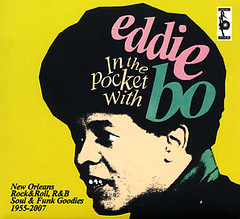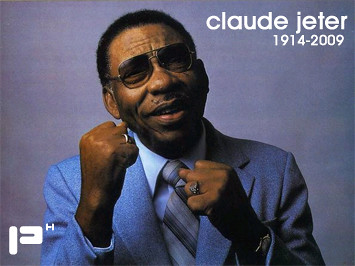The Trip Created By Saint Etienne (2004) [Amazon.com]
[FR] [DE] [UK]
The Trip Created By Saint Etienne is a compilation album compiled by Saint Etienne.
The tracklisting includes (eleven tracks are Youtubed):
1. Serge Gainsbourg – Cannabis[1] 2. Gene Page – All Our Dreams Are Coming True[2] 3. Gwen McCrae – Move Me Baby 4. Brinkley and Parker – Pander Man 5. Esther Williams – Last Night Changed It All[3] 6. Gloria Scott – (A Case Of) Too Much Lovemakin’[4] 7. Marvin Gaye – Symphony 8. Mamas and Papas – Shooting Star 9. The Supremes – Time To Break Down 10. Ennio Morricone – Deus Irae Psychedelico 11. Kiss Inc. – Hey Mr. Holy Man[5] 12. The Attack – Lady Orange Peel 13. Nancy Priddy – You’ve Come This Way 14. R.P.M. Generation – Rona’s Theme 15. Lalo Schifrin – Jaws 16. Bobby Hutton – Lend A Hand 17. Lindy Stevens – Pennygold[6] 18. The Isley Brothers – My Love Is Your Love 19. T.U.M.E – Love Shortage[7] 20. Ernie Bush – Breakaway 21. Candido – Succulent 22. Jeff Britton – Rub Out 23. Foster Sylvers – Misdemeanor[8] 24. Major Lance – It Must Be Love Coming Down 25. Carl Carlton – I Won’t Let That Chump Break Your Heart
Disc: 2
1. Spanky & Our Gang – Like To Get To Know You[9] 2. The Sandpipers – Never Can Say Goodbye 3. The Poppy Family – Free From The City[10] 4. Mandy Moore – If Not By Fire 5. Ice – Ice Man 6. John & Beverly Martin – Auntie Aviator 7. Euphoria – There Is Now 8. Dillard & Clark – Radio Song 9. Fairport Convention – Autopsy 10. Roger Nicholls – Snow Queen 11. Orpheus – Can’t Find The Time 12. Chrysalis – Summer In Your Savage Eyes 13. Queen Anne’s Lace – Happiest Day Of My Life 14. Alzo & Udine – Something Going 15. The Originals – The Bells 16. Marsha Malamet – I Don’t Dare 17. Dusty Springfield – I Start Counting 18. Scott Walker – Angels Of Ashes[11] 19. Tim Hardin – Speak Like A Child 20. Michaelangelo – This Bird 21. The Left Banke – Dark Is The Bark 22. Julie Covington – My Silks And Fine Arrays 23. John Barry – The Dolls House
I think you’ll like it.








